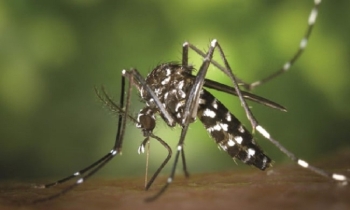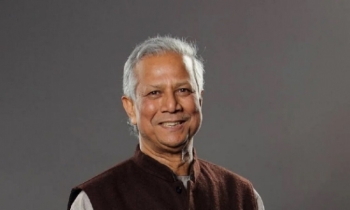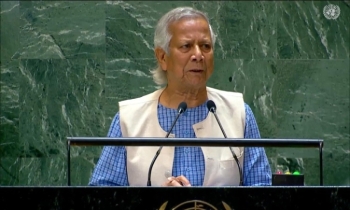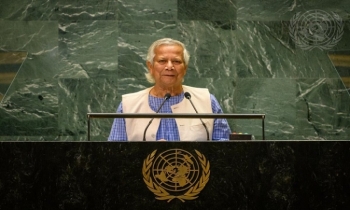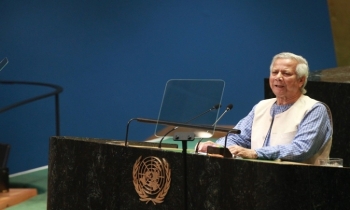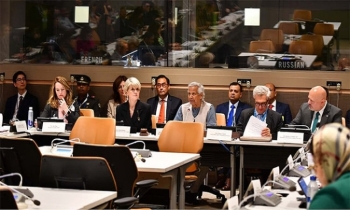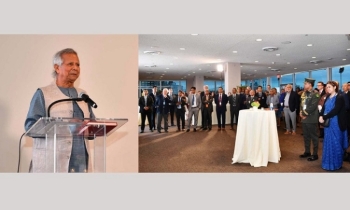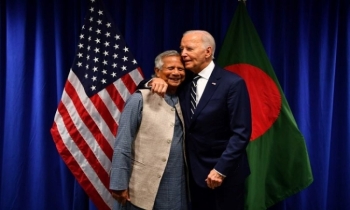Bangladesh most polluted country in world: IQAir
BI Report || BusinessInsider
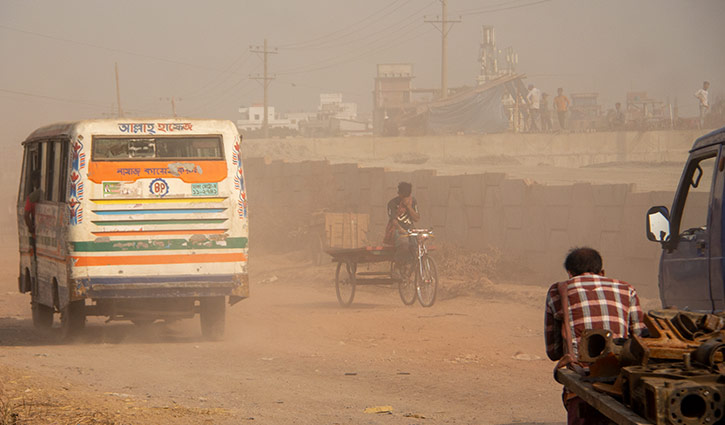
Photo: Shadman Al Arbi
The air quality in Bangladesh was the worst while its capital Dhaka was the second most polluted city in the world in 2021, said a new report released by IQAir, a Swiss company that makes air quality monitors and air purification technologies.
Central and South Asia had some of the world’s worst air quality in 2021 and was home to 46 of the world’s 50 most polluted cities, IQAir said in the report on Tuesday.
The only two cities that met updated WHO PM2.5 guideline were Zhezqazghan and Chu (Kazakhstan), the report said.
IQAir prepared the report based on PM2.5 air pollution data from ground-based air quality monitoring stations in 6,475 cities in 117 countries, regions and territories in 2021.
Of the air quality monitoring stations included in this report, 44 percent were operated by governmental agencies, while the remainder represents monitoring stations managed by citizen scientists, non-profit organizations and companies.
The 2021 World Air Quality Report finds that only three percent of cities and no single country met the latest World Health Organization’s (WHO) PM2.5 annual air quality guidelines.
IQAir’s 2021 World Air Quality Report is the first major global air quality report based on the updated annual WHO air quality guideline for PM2.5.
The new guideline was released in September 2021 and cut the existing annual PM2.5 guideline value from 10 µg/m3 to 5 µg/m3.
Fine particle pollution, known as PM2.5, is commonly accepted to be the most harmful, widely-monitored air pollutant and has been found to be a major contributing factor to health effects such as asthma, stroke, heart and lung diseases. PM2.5 leads to millions of premature deaths every year.
Key findings of the report
No country met the latest WHO air quality guideline for PM2.5 in 2021
Only the territories of New Caledonia, US Virgin Islands and Puerto Rico met updated WHO PM2.5 air quality guidelines
Only 222 out of 6,475 global cities covered in the report met updated WHO PM2.5 guidelines
A total of 93 cities in the report had annual PM2.5 concentrations exceeding 10 times the WHO PM2.5 guidelines
Of 174 Latin America and the Caribbean cities, only 12 (7 percent) met the WHO PM2.5 guidelines
Of 65 African cities, only one (1.5 percent) met updated annual WHO PM2.5 guidelines
Of 1,887 Asian cities, only four (0.2 percent) met updated WHO PM2.5 guidelines.
Of the 1,588 cities in Europe, only 55 (3 percent) met the WHO PM2.5 guidelines.
The top five most polluted countries in the world 2021 were:
Bangladesh, Chad, Pakistan, Tajikistan and India
New Delhi (India) is the world’s most polluted capital city for the fourth consecutive year followed by Dhaka (Bangladesh), N’Djamena (Chad), Dushanbe (Tajikistan) and Muscat (Oman).
Air quality in China continued to improve in 2021. More than half of the cities in China included in the report saw lower levels of air pollution when compared to the previous year.
Pollution levels within the capital city of Beijing continued a five-year trend of improved air quality, driven by emission control and reduction of coal power plant activity and other high emission industries.
Air quality monitoring remains sparse in Africa, South America and the Middle East, although progress has been made by low-cost air quality sensors often operated by non-profit organizations and citizen scientists.
“It is a shocking fact that no major city or country is providing safe and healthy air to their citizens according to the latest World Health Organization air quality guidelines,” said Frank Hammes, CEO of IQAir.
“This report underscores just how much work remains to be done to ensure that everyone has safe, clean and healthy air to breathe. The time for action is now.”
“We understand better than ever before how air pollution damages our health and economies. This report is a wakeup call, revealing how people worldwide are denied access to clean air. Particulate matter air pollution is produced through burning fuels including coal, oil and fossil gas, unsustainable development, and agricultural activities. Addressing the air pollution crisis requires the development of renewable energy resources and clean-powered, accessible public transport. Moreover, solutions to air pollution are also solutions to the climate crisis. Breathing clean air should be a basic human right, not a privilege,” said Greenpeace India Campaign manager Avinash Chanchal.

